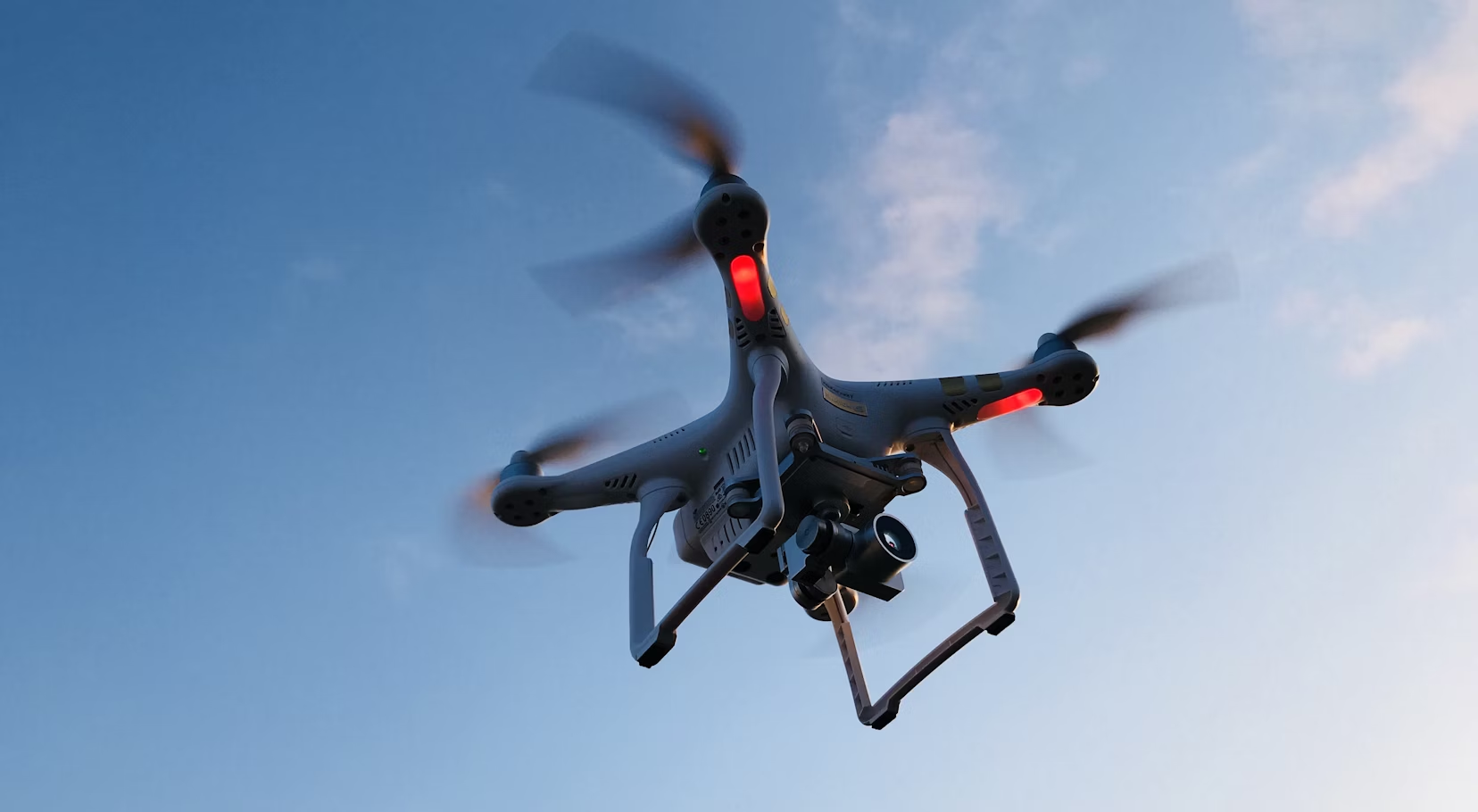UAV methane detection has become a critical part of the global drive to reduce methane emissions. Methane gas emissions as you know come with a huge cost –
- on the energy industry,
- on the supply chain,
- on the end-consumers, and
- on the environment.
To reduce methane gas emissions, you need to detect the source of the gas leak first. Technological innovation is the key to accurate detection as manual detection is riddled with errors and inefficiency. UgCS-enabled drone monitoring is clearly the way ahead.
Here we’ll talk about the impact of methane gas emissions on the environment and energy industry in this article. We’ll also see the role of UAV methane detection in halting the problem of methane emissions.
The dire need for methane detection in industries
About 260 bcm (billion cubic metres) of methane gas is lost to the atmosphere from oil and gas processing every year. This has huge implications for the oil and gas industry and the public at large. Here’s why:
- Methane is a potent greenhouse gas – Its global warming potential is 83 times more than CO2 (over a two-decade period). It is a major driver of climate change and increasing global temperatures everywhere.
- Methane loss means economic loss – The IEA (International Energy Agency) says that 40% of global methane emissions can be avoided. The captured gas can be sold again as natural gas is basically methane.
- Methane capturing can bring down global natural gas prices – An energy resource like natural gas is valuable for humanity considering recent global events. Securing natural gas supplies will lead to price normalisation.
This proves that reducing methane emissions is critical for increasing economic productivity and reducing global warming. Technologies like drones, sensors, and satellite image processing can help stakeholders achieve this goal. Let’s highlight the role of UGCS drones here.
How UgCS-enabled drones help in methane detection
Detection of methane emissions – from landfill sites, wastewater treatment facilities, or the oil and gas industries – has greatly advanced with drone technology. Drone systems, especially UgCS-enabled drones, give a pinpoint location of the gas leak.
You can put methane detection sensors on the drone and plan an automated flight over the site. Flight planning software like UgCS enables you to fill in accurate latitudinal and longitudinal data points for a precise flight operation. The drone flies over the site and records emission data using the sensors.
The data provided by the sensors is then relayed back to a ground station computer where data processing happens. This gives you precise insights on methane emission from the particular site and the leak source is identified and fixed within a day.
Compare this to the traditional approach in which an FID (Flame Ionisation Detector) is used. The instrument has to be carried around in a walkover survey and this could take days. Emission release will be much more by the time the gas leak is found and the patchwork is complete.
UAV methane detection and their benefits to the energy industry
UAV methane detection has tremendous benefits for the energy industry.
a. Fast detection
A UAV methane detection system is much faster than any traditional surveying tool. The drone with its embedded methane-detecting sensors can fly close to the site and identify exact leak points swiftly.
b. Higher sensitivity
The methane detection sensors today are highly advanced. They are designed on the basis of semiconductor laser absorption spectroscopy. It makes them highly sensitive to methane emissions even from a good height (say 300 m).
c. Cost-effective
Drones with methane detectors are a cost-saving investment considering their quick response time. It eliminates the inefficiencies of field surveys and also lets you carry out repeat aerial surveys. The money you save in the long run is huge.
d. Reduced operational risk
Methane being a harmful greenhouse gas can be fatal if inhaled beyond a certain limit. Conducting human surveys poses a lot of risk even with adequate protection. Drone surveys eliminate any such risk right at the outset.
e. Quick repair work
Quick methane detection inevitably results in quick leak repair. The emission data leads to rapid authentication of the leak source and mobilising resources to do the necessary repairs.
f. Cut GHG emissions
Timely gas detection and repairs ultimately help in reducing methane emissions. This has a salutary effect on both the environment and the natural gas supply chain. It helps you achieve the twin goals of environmental stewardship and reduced operational costs.
Key Takeaway
A reliable flight planning software like UgCS helps you plan an aerial survey operation over the industrial plant. This leads you to correctly identify the gas leak source. A drone embedded with the UgCS flight control software and methane detection sensors makes this possible. The affordability of the drone ensemble and the cost it saves you over the long haul shows their usefulness.




